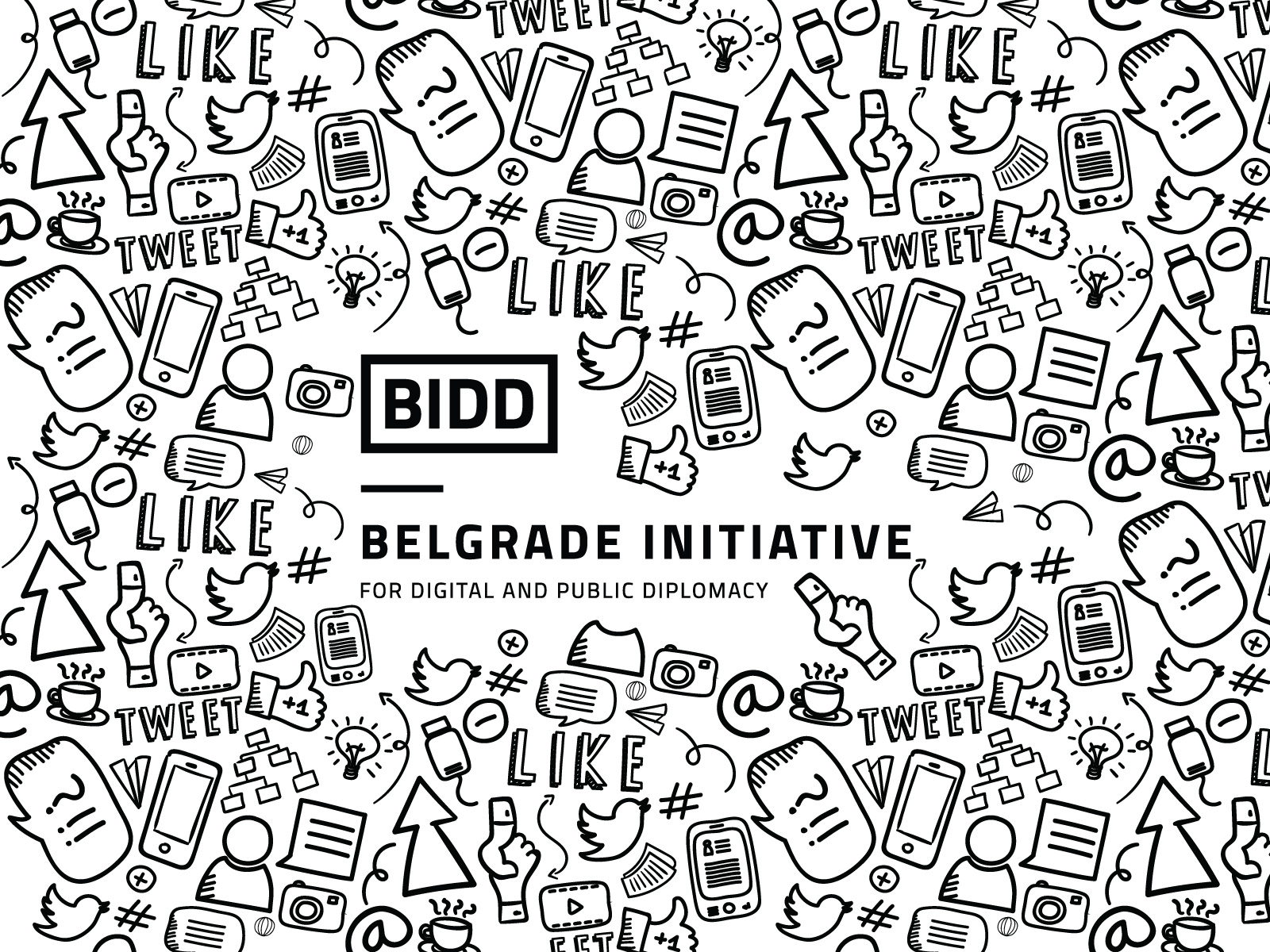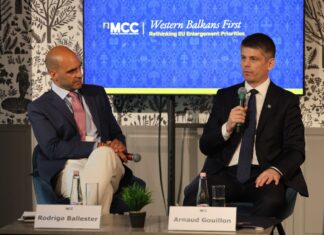Many brands are still making silly mistakes in their approach to social media, which can damage their reputation and waste their marketing resources. It’s time to tackle some of the business and planning mistakes that happen before a single tweet is tweeted or post is added on Facebook. If you’re looking for tips on the content posted itself, check out my previous content focused blog. Here are seven key mistakes businesses should avoid:
1. Their social strategy doesn’t align with a clear business objective
I’ve seen a lot of social media briefs and agency proposals and far too few of them start with a genuine business problem or marketing objective to tackle. When brands start by asking an agency to add some layer of interactivity or social media engagement on to the end of their campaign that’s all they get. But if they brief it about a business challenge they will get a far more impactful and meaningful result. Your social media objectives should be exactly the same as your overall marketing objectives, or at least a subset of them.
2. They don’t define a clear media role for social
Consumers are spending a lot of time on social media (1.72 hours a day, or 28% of all internet time, according to GWI) so it’s a good idea for brands to be there, but what is the role of that within your wider media ecosystem and consumer journey? If you want to simplify this question there are three main options: amplify and extend a television campaign by spreading your reach to lighter viewers; allow a brand that doesn’t have the budget to run a TV campaign to still engage at mass scale by using social as a standalone channel; or drive continuity and front-of-mind awareness all year long outside of campaigns.
3. Their activity is disconnected from the scale of their business
This links closely to the above and, as I keep mentioning, is consistently the top reason brands don’t see meaningful results through social media. If your business objective is to drive penetration of a new product into millions of households, why is your social media activity focusing on engaging a few thousand? Big brands sell to large numbers of people and their social media marketing should reflect that as much as any other channel does. Marketers shouldn’t let innovation, excitement and buzzwords blind them to that.
4. They rely on free, viral discovery of content
Many a production agency has convinced a brand manager that their content will be so good it will go viral all on its own. They are almost never right and even if they were, they’d be even more right with some proper media strategy. You don’t make a TV advert and leave it lying around in the hope it goes viral. The same is true for digital and social content, especially if you’re a big brand that needs to work on a large scale to have any chance of realising business objectives. It is increasingly an embarrassment to the industry that brands are still willing to invest in content that no one sees meaningfully.
5. They misunderstand how people use social networks
Social media hasn’t turned the youth of today from passive TV watchers into crazy activists who are always doing things – it has created a generation who flick through newsfeeds rather than channels. A lot of brand campaigns start by asking, “What can we get people to do?” or “What sort of cool interactivity can we give people?” – the truth is they almost certainly don’t want to do anything. People check their Facebook feed 14 times a day on their phones, not in the desperate hope that a brand has created a new Elf Yourself but to see what their friends are up to and, if we’re lucky, to see some engaging promoted content from brand pages.
6. They underestimate the shift of media investment required
Many brands are starting to see the need for paid media in social media marketing, as well as its more established role in digital, but their perception of the change that needs to happen is often wrong. Marketers are looking to spend more of their digital budgets on social, or expand their total online spend by a few percentage points. To maximise the social opportunity they need to do something far bigger. Cadbury increased its social/digital spend sixfold for Creme Egg back in 2013 when it managed to drive as much purchase consideration through Facebook as TV. Big brands should plan their social media investments by working out what percentage of the audience they want to reach and at what frequency each month. not just by assigning one-off spends to specific posts.
7. They are not responsive, reactive or ‘always on’ enough
This doesn’t just mean around big real-time moments, but around the everyday moments that matter in consumers’ lives. It all comes down to how you make your brand relevant to people. Being responsive can mean tailoring your content to the broad reactions of millions of people just as much as having to reply and engage with every consumer who comments on your activity. Brands do publish to their social channels all year long, but if they are only driving scale during campaign spikes then they’re not delivering media continuity for their consumers.
Jerry Daykin is a global digital director at Carat. You can follow his campaign for #DigitalSense in marketing on Twitter @jdaykin
To get weekly news analysis, job alerts and event notifications direct to your inbox, sign up free for Media and Tech Network membership.
All Guardian Media and Tech Network content is editorially independent except for pieces labelled “Brought to you by” – find out more here.














